Mr. Weichuan Xu, an expert from the International Finance Corporation (IFC), said that Vietnam has a huge capital need for green transformation, but also opens up great opportunities. According to the World Bank (WB), to achieve Net zero by 2050, Vietnam needs about 368 billion USD in the period 2022-2040, equivalent to 6.8% of GDP/year. In the next 10 years alone, nearly 10 billion USD will be needed each year for energy and decarbonization.
The Government has implemented many policies such as the Green Banking Development Project, the Banking Sector Action Plan for the Green Growth Strategy, and Decision 21/2025/QD-TTg on a set of green classification criteria. However, according to IFC, relying solely on State resources is not enough, the private sector must play a key role.
Associate Professor Dr. Nguyen Huu Huan (Ho Chi Minh City University of Economics ) emphasized that to achieve Net Zero by 2050, Vietnam needs to spend about 7% of GDP on green finance each year. Therefore, it is very important for banks to attract capital from international institutions. He said that a clear legal framework and increased market transparency are needed to facilitate investment funds and financial institutions to disburse.
Similarly, Dr. Nguyen Quoc Hung, General Secretary of the Vietnam Banks Association, also acknowledged that the Government and the State Bank of Vietnam (SBV) have issued many policies to encourage green growth, but there are still many barriers. According to Mr. Hung, it is necessary to soon complete the mechanism for mobilizing domestic and foreign capital, promote the green financial market, and encourage private capital flows. In recent years, green credit and bonds have grown by over 20% per year, higher than the general rate of the economy. As of June 30, 2025, 63 credit institutions had generated outstanding green credit with a total of VND 736,000 billion, accounting for 4.3% of outstanding debt of the entire economy, focusing on renewable energy, clean energy (39%) and green agriculture (26%).
Meanwhile, although green bonds are important, their scale is still small. By mid-April 2025, the outstanding debt of this market had reached just over VND30,000 billion, accounting for only 2% of corporate bonds. In the past 5 years, Vietnam has only issued about USD1.16 billion in green bonds, too modest compared to the average capital demand of USD20 billion/year for green projects.
Deputy Director of the Department of Credit for Economic Sectors (SBV) Tran Anh Quy said that the banking industry has been a pioneer in greening since 2015 with Directive 03/CT-NHNN (dated March 24, 2015), laying the foundation for orienting green credit flows. This was followed by projects to develop green banks until 2030, with a vision to 2045. The Law on Environmental Protection 2020 also created the basis for the SBV to issue Circular 17/2022/TT-NHNN on environmental risk management in credit granting.
Currently, the State Bank of Vietnam is coordinating with the Ministry of Agriculture and Environment to implement the project of 1 million hectares of high-quality, low-emission rice in the Mekong Delta. 7-8 commercial banks have registered to participate, disbursing more than 5,000 billion VND.
In fact, businesses’ access to green capital is still limited. Green projects often require long payback periods and high risks, while the system of assessment, credit rating and standardization of ESG information is incomplete. Many small and medium-sized enterprises do not have enough financial and technological capacity to meet international standards, leading to difficulties in accessing preferential capital sources.
In addition, the domestic market lacks an intermediary organization capable of consulting and independently verifying green projects. This is a mandatory condition for international funds to feel secure in disbursing. If not promptly addressed, Vietnam will miss the opportunity to access the tens of billions of dollars of capital moving globally.
According to experts, Vietnam needs to quickly build a national database on green finance, and at the same time have a mechanism to encourage listed enterprises to disclose transparent ESG information. Promoting the domestic carbon market will also create new financial tools for enterprises to mobilize capital.
Mr. Do Ngoc Quynh, Vice President of the Vietnam Bond Association, emphasized that green finance is just a tool, the ultimate goal is sustainable development associated with responsibility for future generations. He said that the capital market needs to have three "legs": banks, stocks and bonds. Enterprises that want to expand their operations must combine equity capital, long-term debt capital and bank credit capital.
Green development is no longer a trend, but has become a necessity globally as well as in Vietnam. Promoting the green financial market is the key for businesses to access international capital sources according to ESG standards, while helping Vietnam move closer to its Net Zero commitment.
Source: https://baodautu.vn/thuc-day-tai-chinh-xanh-de-hut-dong-von-ty-usd-d382484.html




![[Photo] Students of Binh Minh Primary School enjoy the full moon festival, receiving the joys of childhood](https://vphoto.vietnam.vn/thumb/1200x675/vietnam/resource/IMAGE/2025/10/3/8cf8abef22fe4471be400a818912cb85)
![[Photo] Prime Minister Pham Minh Chinh chairs meeting to deploy overcoming consequences of storm No. 10](https://vphoto.vietnam.vn/thumb/1200x675/vietnam/resource/IMAGE/2025/10/3/544f420dcc844463898fcbef46247d16)


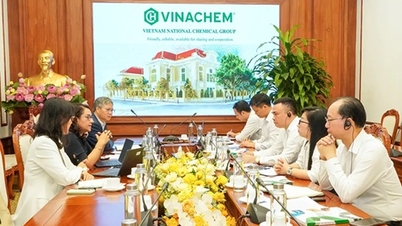



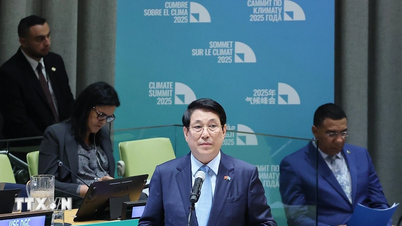






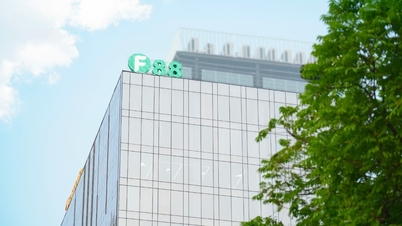




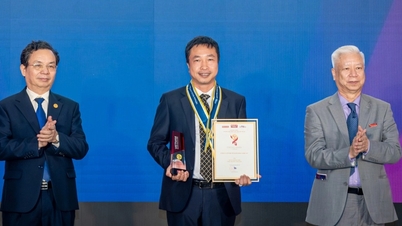





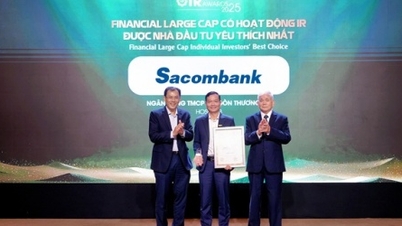



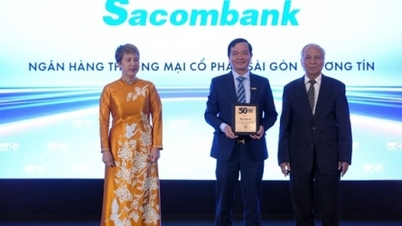

























































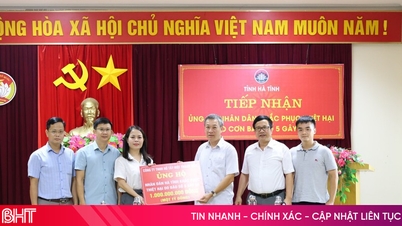

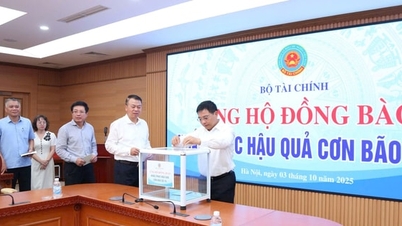












Comment (0)